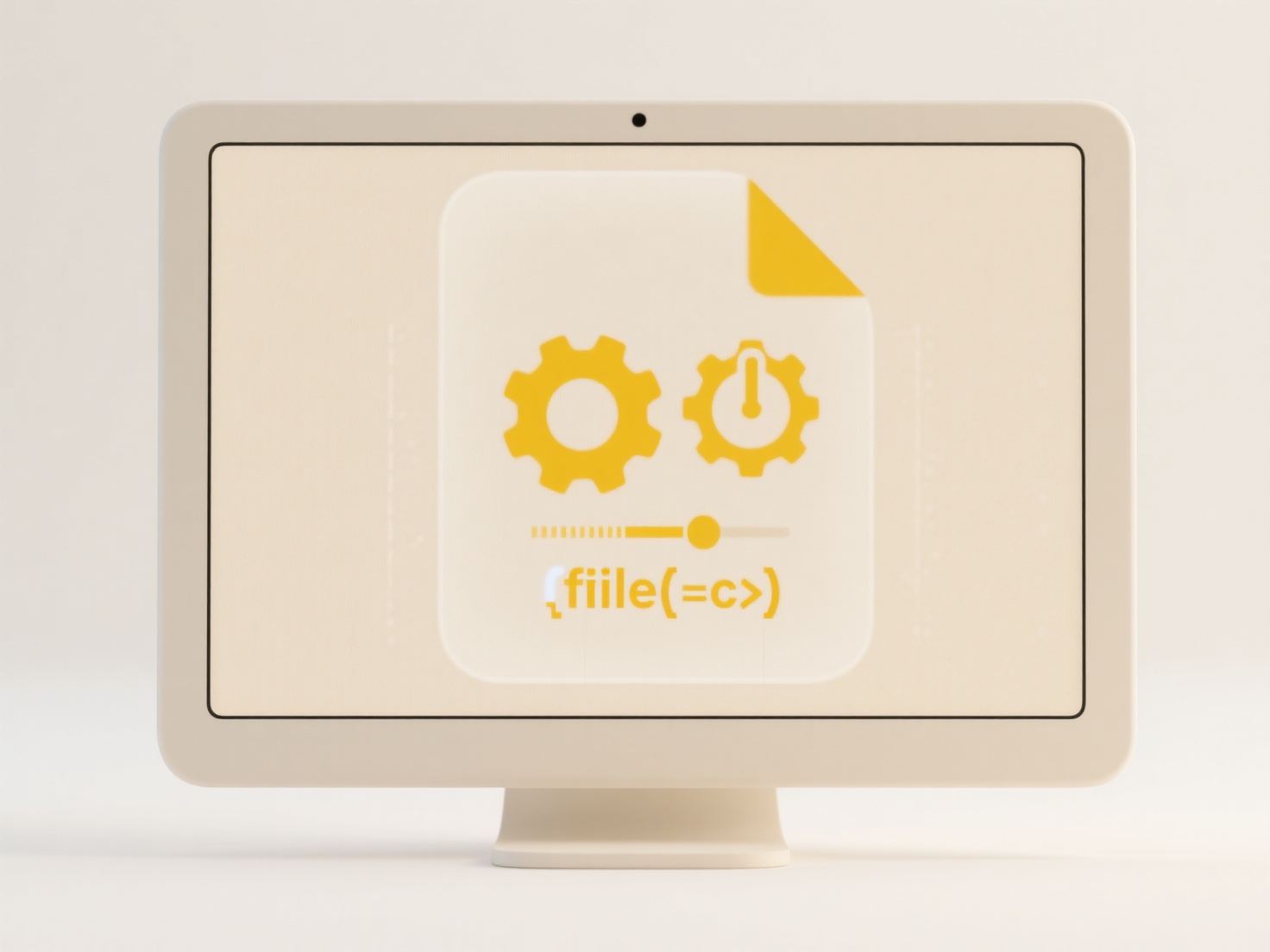
During file transfers, a naming conflict occurs when two files share the same name within the same destination directory. File systems generally cannot store multiple files with identical names in the same folder. Transfer tools typically resolve this using one of two primary methods: automatically overwriting the existing file with the incoming one or renaming the new file to avoid overwriting (often by adding a suffix like "_copy" or a number). The specific behavior depends on the settings of the transfer tool and the user's preferences.

For example, when syncing files to cloud storage like Dropbox or Google Drive, the service might silently rename the newly uploaded file if an identical name exists at the destination, preserving both copies. Conversely, using a command-line tool like rsync without careful flags might default to overwriting the existing file without explicit warning. Email clients handling attachments might also overwrite files with the same name saved to a downloads folder without prompting.
The main advantage of automated resolution is speed and convenience, but the major limitation is potential unintended data loss through silent overwriting. Therefore, users should configure their transfer software carefully (choosing rename or prompt options if available) and maintain consistent folder structures and naming conventions. Future developments may include smarter conflict detection and resolution suggestions based on file content or modification dates.
What happens if two files have the same name during a transfer?
During file transfers, a naming conflict occurs when two files share the same name within the same destination directory. File systems generally cannot store multiple files with identical names in the same folder. Transfer tools typically resolve this using one of two primary methods: automatically overwriting the existing file with the incoming one or renaming the new file to avoid overwriting (often by adding a suffix like "_copy" or a number). The specific behavior depends on the settings of the transfer tool and the user's preferences.

For example, when syncing files to cloud storage like Dropbox or Google Drive, the service might silently rename the newly uploaded file if an identical name exists at the destination, preserving both copies. Conversely, using a command-line tool like rsync without careful flags might default to overwriting the existing file without explicit warning. Email clients handling attachments might also overwrite files with the same name saved to a downloads folder without prompting.
The main advantage of automated resolution is speed and convenience, but the major limitation is potential unintended data loss through silent overwriting. Therefore, users should configure their transfer software carefully (choosing rename or prompt options if available) and maintain consistent folder structures and naming conventions. Future developments may include smarter conflict detection and resolution suggestions based on file content or modification dates.
Related Recommendations
Quick Article Links
Can I rename files based on email subject line?
Renaming files based on email subject lines involves automatically applying the text from an email's subject field as th...
How do I test file compatibility before distribution?
Testing file compatibility involves verifying that your document maintains consistent appearance, functionality, and acc...
Why can’t I select certain file formats while saving?
Some software restricts saveable formats to maintain compatibility, licensing requirements, or feature integrity. This l...